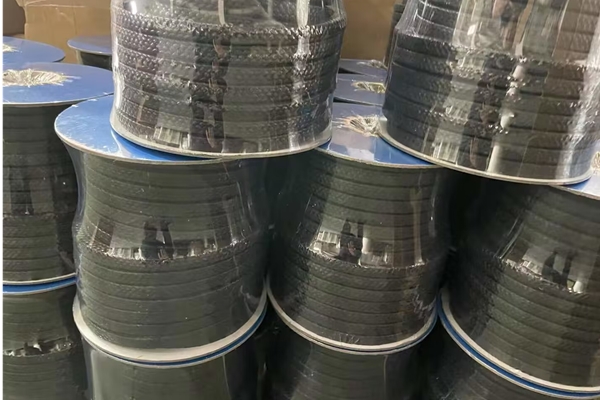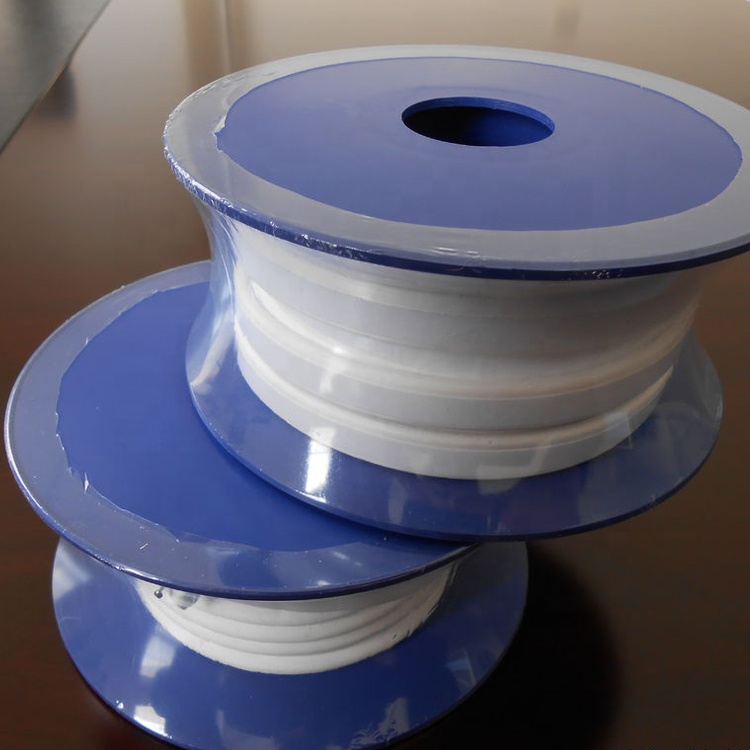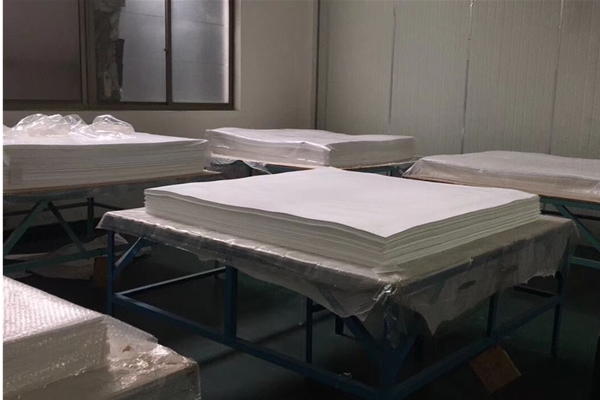PTFE stands for polytetrafluoroethylene. It is a fluoropolymer synthesized from tetrafluoroethylene. Expanded PTFE is made of 100% pure PTFE and can be used as a sealant. It is very light, but very strong.
These materials are used in various industrial applications, but you should know whether PTFE or ePTFE is more suitable for your application. To get the answer to this critical question, you must know the difference and use of these two materials.
1. The difference between PTFE and expanded polytetrafluoroethylene
PTFE:
- PTFE or Teflon is a solid material.
- It can work normally in an environment up to 260 degrees Celsius.
- Corrosion resistant, it is a durable material.
- It does not cause too much friction.
- It is suitable for oxidizing media, mineral oil, pharmaceutical, food, petrochemical, glass line reactors and chromatographic columns, solvents, paints and corrosive chemicals and other industries to use PTFE.
- It will not contaminate anything near it because it is non-corrosive, which is why the food industry uses it.
- It has no taste of its own.
EPTFE:
- 100% pure polytetrafluoroethylene is the material used to produce expanded polytetrafluoroethylene.
- Eptfe, as a sealing material, can be highly compressed.
- Resistance to creep and cold flow.
- It can be easily adapted to the sealing surface.
- It can be modified according to the requirements of surface energy, stiffness, hardness, etc.
- It is microporous, suitable for any task that requires airflow.
- It stretches at high temperature and has a smooth texture.
- It is not chemically active, waterproof under low pressure, anti-ultraviolet, has a low dielectric constant, radial extension, divergent porosity level.
- It can be used in medical and biological industries, high-performance filters, medical equipment, oil and gas industry, electronic insulators, hernia repair, blood vessel transplantation and other reconstructive operations, fluid purification applications and environmental filtration.
2. Why should you choose PTFE instead of PTFE?
Both polytetrafluoroethylene (PTFE) and polytetrafluoroethylene (ePTFE) have excellent characteristics and have excellent industrial applications. But the application range of ePTFE is wider than that of PTFE. The multi-directional fiber structure of ePTFE enables it to work under high surface pressure conditions.
For maximum safety requirements, such as the sealing of oxygen-carrying pipe flanges, ePTFE is a suitable material because it can be highly customized. The performance rate of ePTFE is better than that of PTFE. It has a great demand in the market, so the height, density and size of production are different now.




